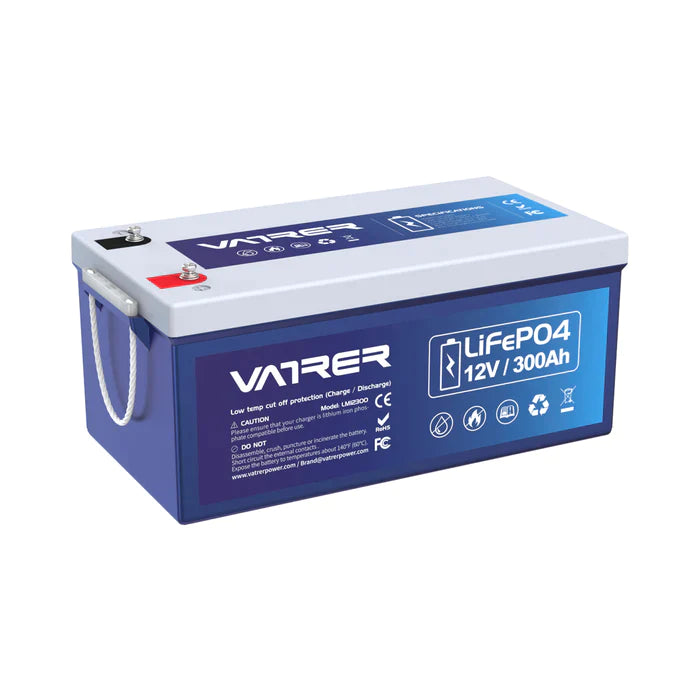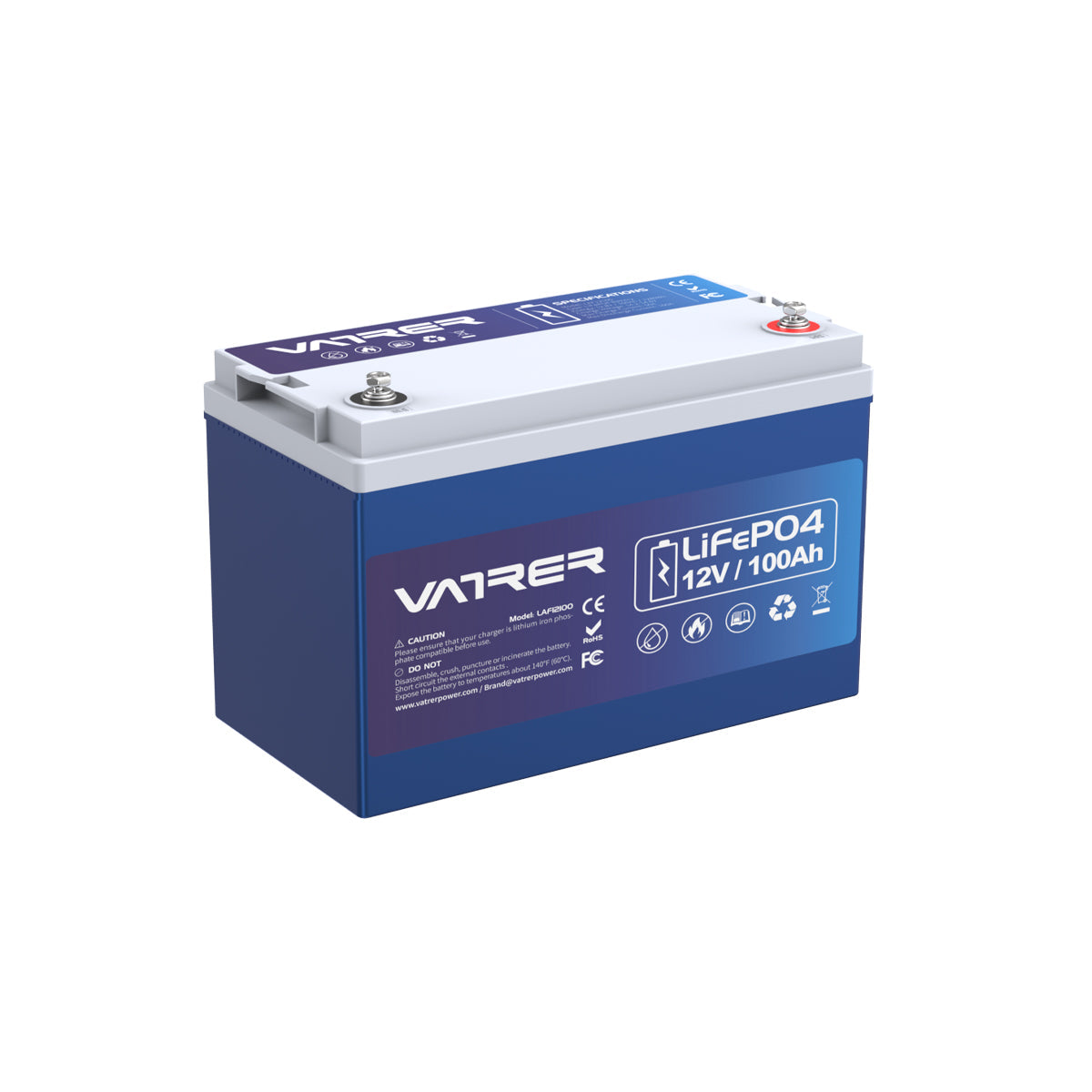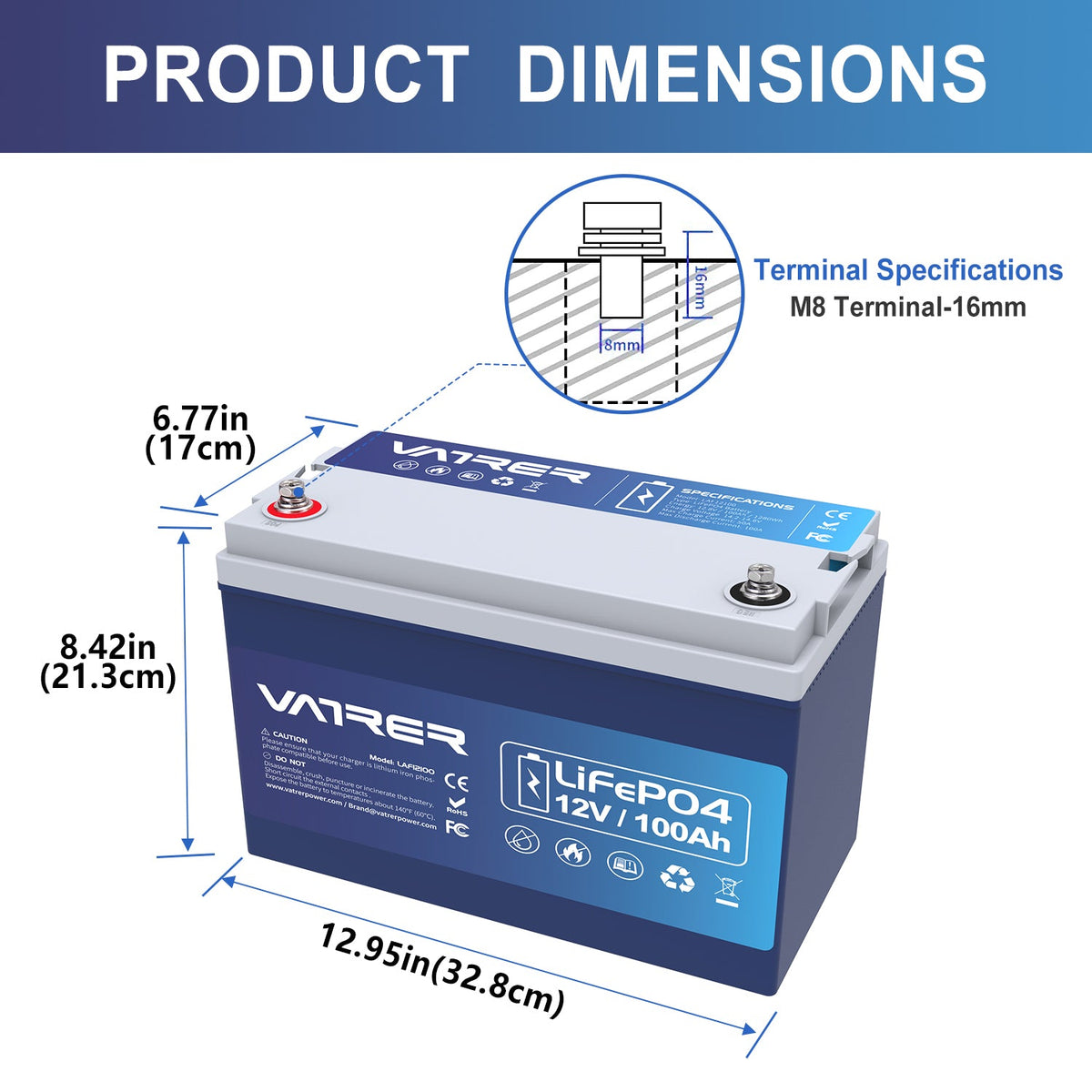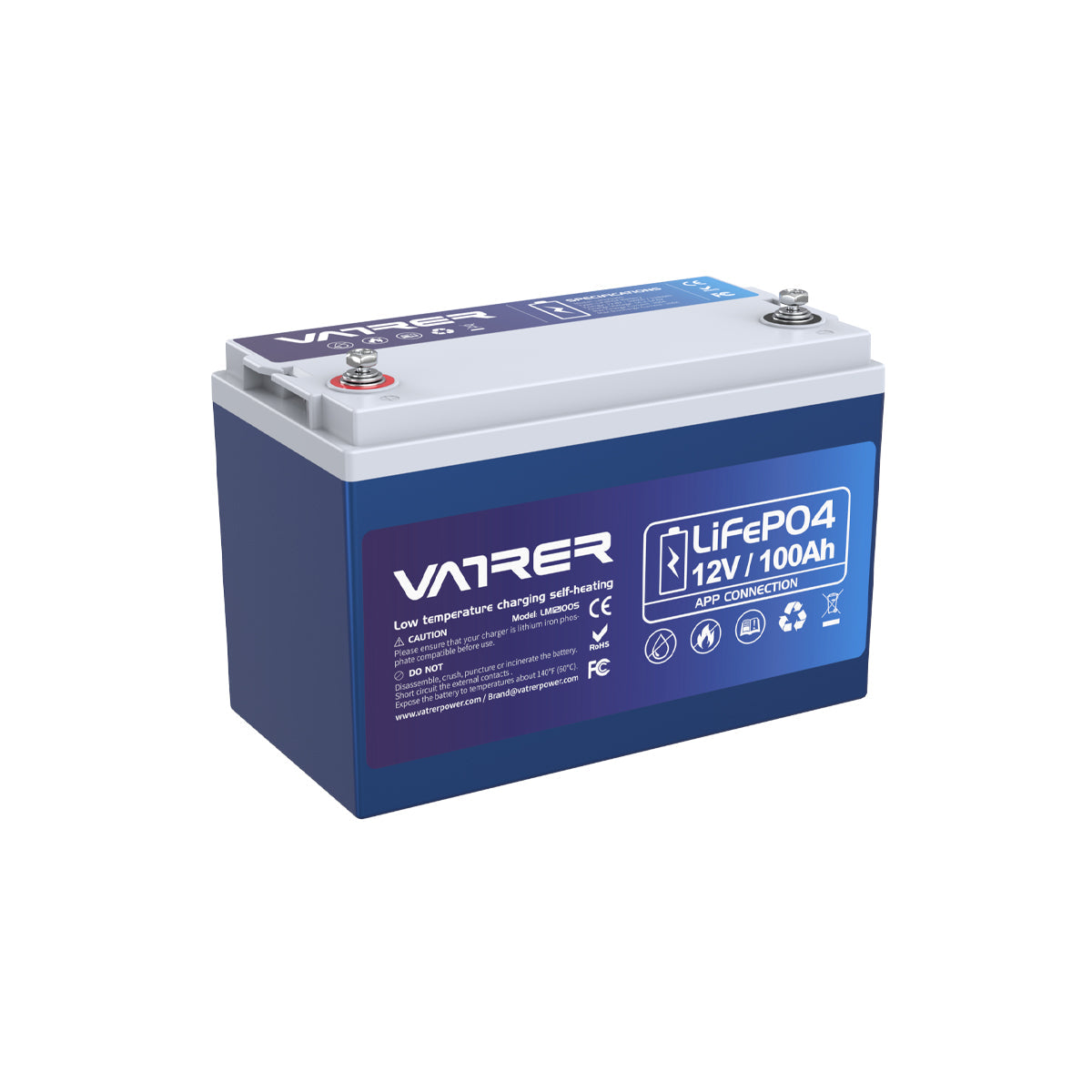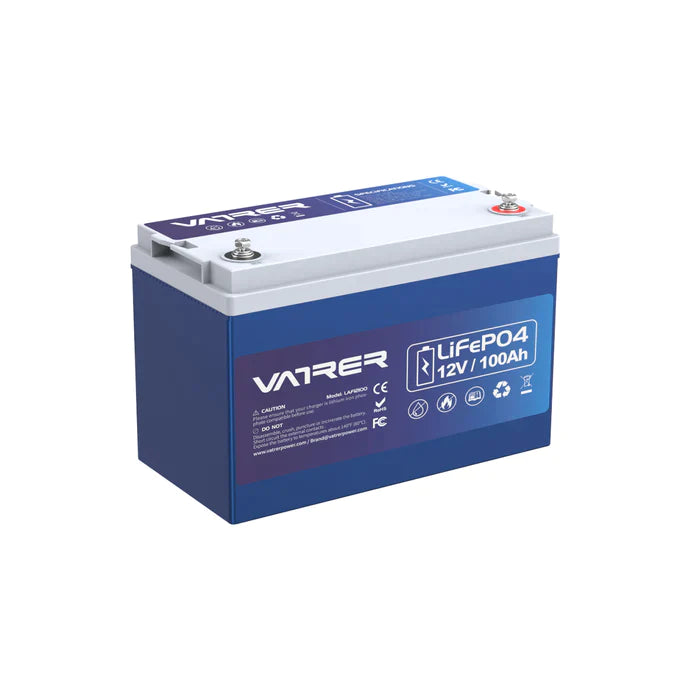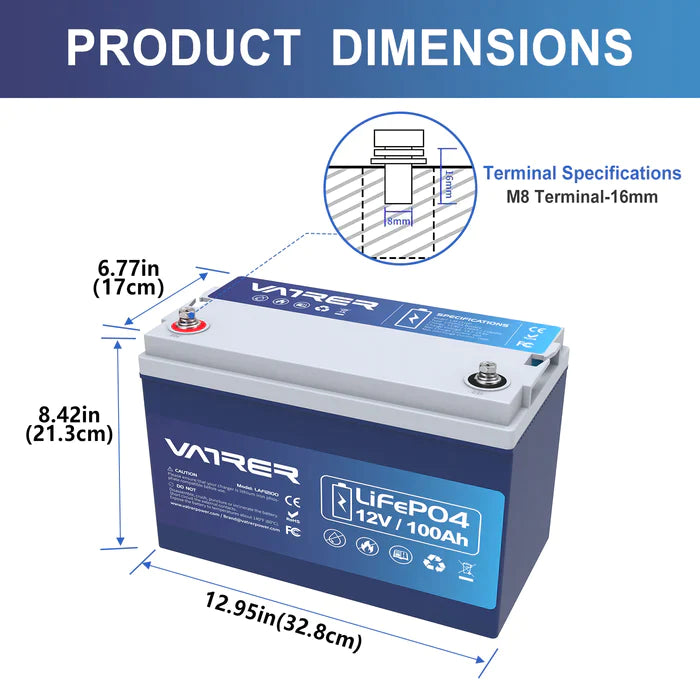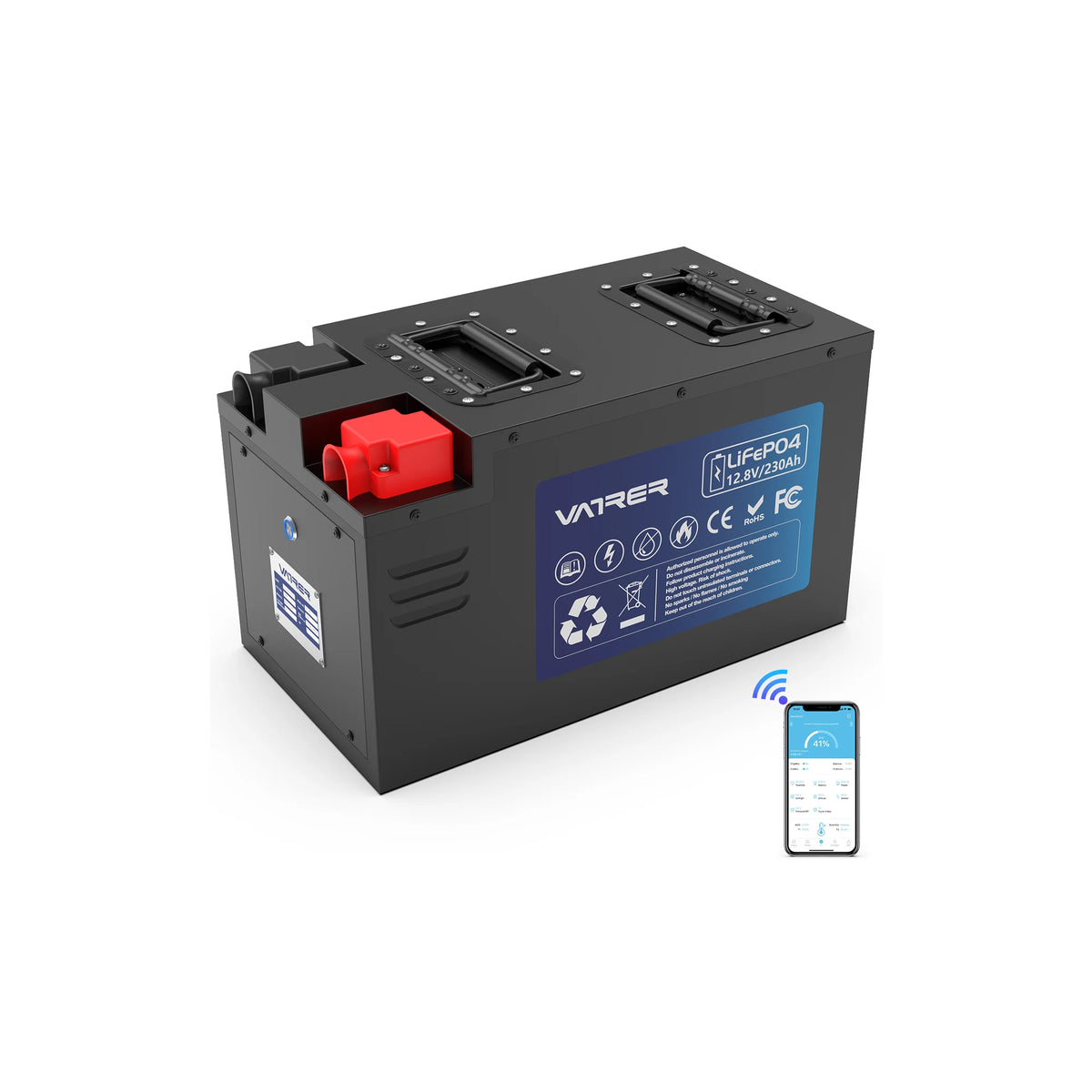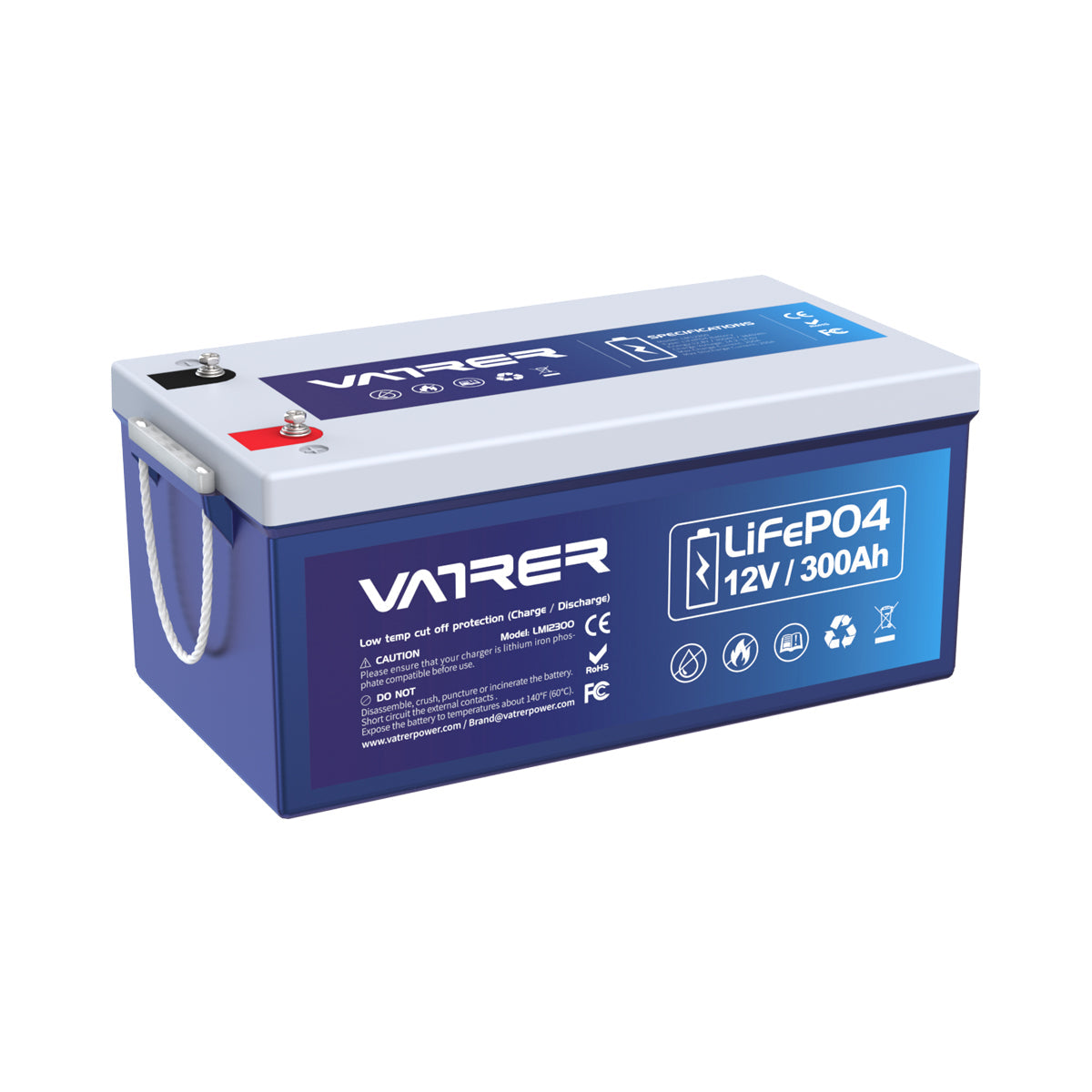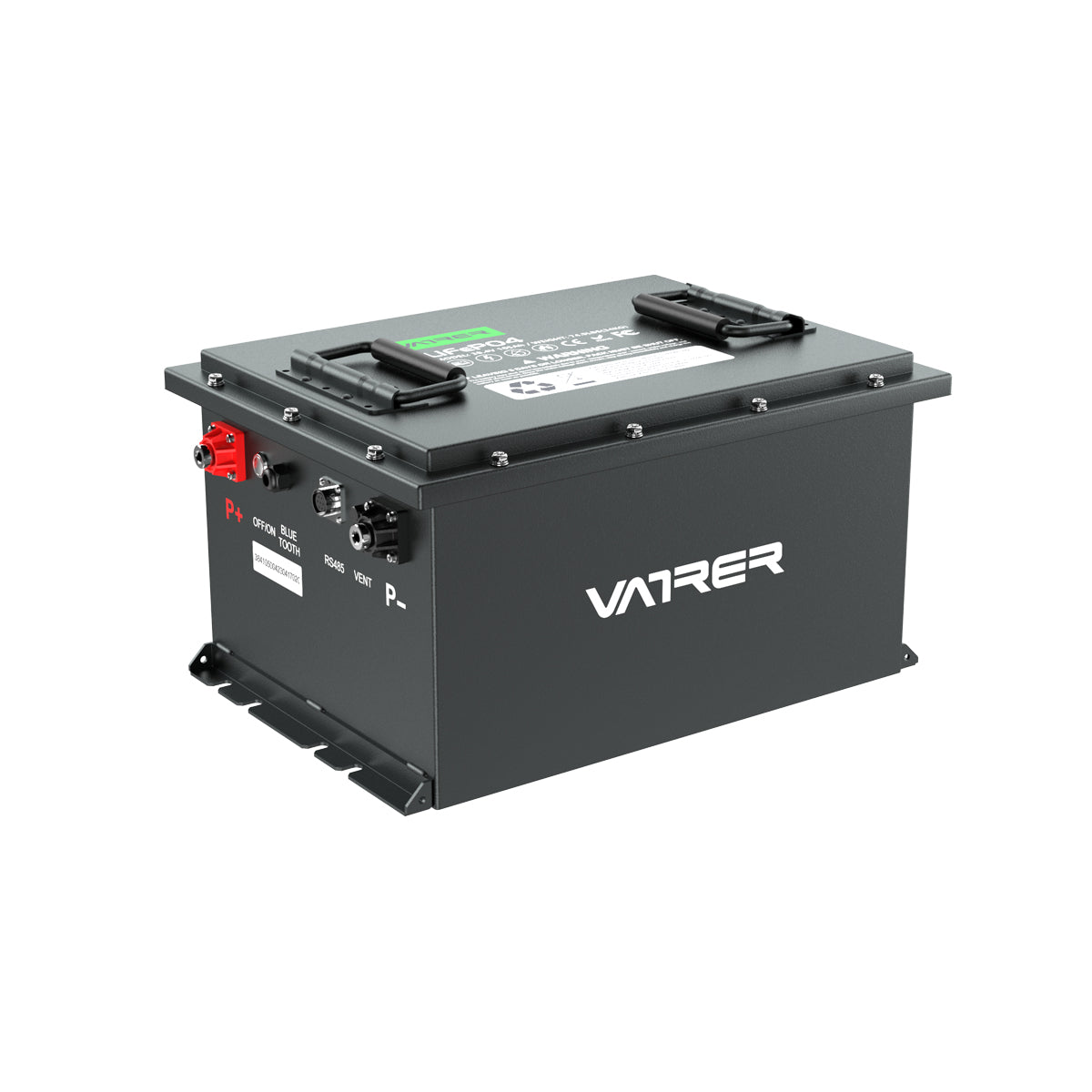When selecting a battery system, consumers and businesses often weigh the options between LiFePO4 and lead-acid batteries. Both types offer distinct advantages and disadvantages suitable for various needs. This article will explore their differences in performance, cost, lifespan, and environmental impact, enhanced with a detailed comparison table to aid in your decision-making process.
Comparative Table of Features
| Feature | LiFePO4 | Lead-Acid AGM |
|---|---|---|
| Usable Capacity | 80+% | 30-50% |
| Life Cycles | 2000-5000 | 500-1000 |
| Charging | Fast to 100% | Fast to 80% |
| Wasted Energy | 0% | 15% |
| Peukert's Losses | No | Yes |
| Voltage Sag | No | Yes |
| Size | Small | Big |
| Weight | Light | Heavy |
Detailed Analysis
1. Performance Comparison
-
Energy Efficiency: LiFePO4 batteries typically offer a higher usable capacity (over 80%) compared to lead-acid AGM batteries (30-50%). This means LiFePO4 batteries can store and use a higher percentage of their rated capacity.
-
Charging Speed: LiFePO4 batteries charge quickly up to 100% capacity, whereas lead-acid AGM batteries charge fast only up to about 80% before charging slows to prevent damage.
-
Wasted Energy: LiFePO4 batteries are more efficient, with about 15% energy loss compared to higher losses in lead-acid batteries.
2. Lifespan and Reliability
- Life Cycles: LiFePO4 batteries offer significantly more cycles (2000-5000) than lead-acid AGM batteries (500-1000). This means LiFePO4 batteries can last much longer, making them more cost-effective over time despite a higher initial cost.
- Durability: Lead-acid batteries are prone to Peukert's losses (capacity decreases as the discharge rate increases) and voltage sag (voltage drops as the battery discharges), which are not issues with LiFePO4 batteries.
3. Size and Weight
- Compact and Lightweight: LiFePO4 batteries are generally smaller and lighter than lead-acid batteries, making them easier to install and handle in various applications.
4. Environmental Impact
- Eco-Friendliness: LiFePO4 batteries are more environmentally friendly as they do not contain harmful heavy metals like lead and are easier to recycle, causing less environmental impact at the end of their lifecycle.
Conclusion
The choice between LiFePO4 and lead-acid AGM batteries largely depends on your specific requirements, budget, and environmental considerations. LiFePO4 batteries, while initially more expensive, offer greater efficiency, longer lifespan, and are more environmentally friendly, making them suitable for those looking for a sustainable and long-term solution. On the other hand, lead-acid batteries might be appropriate for applications where initial cost considerations outweigh long-term efficiency and lifespan. Understanding these key differences will help you make an informed decision that aligns with your energy needs and values.









